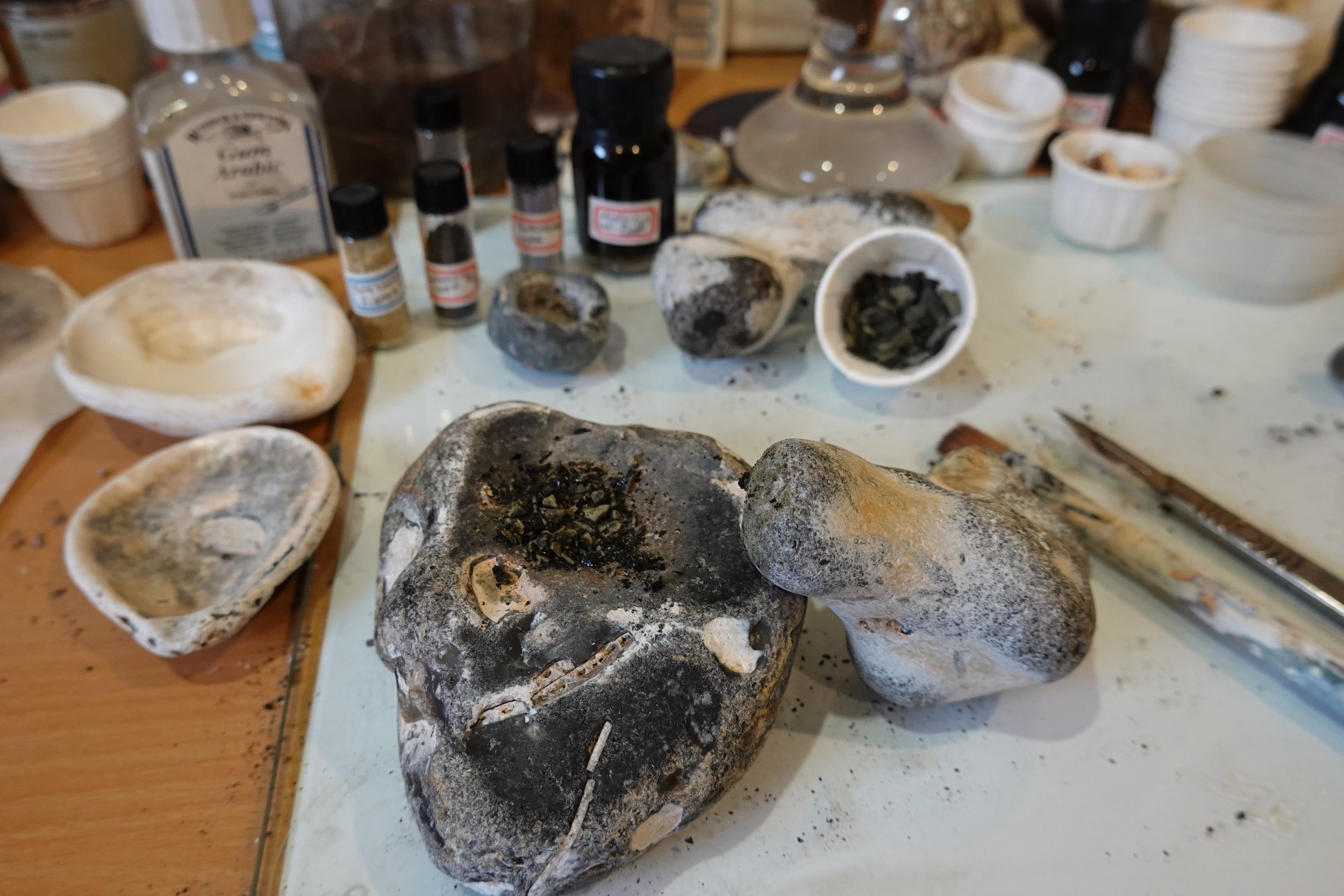
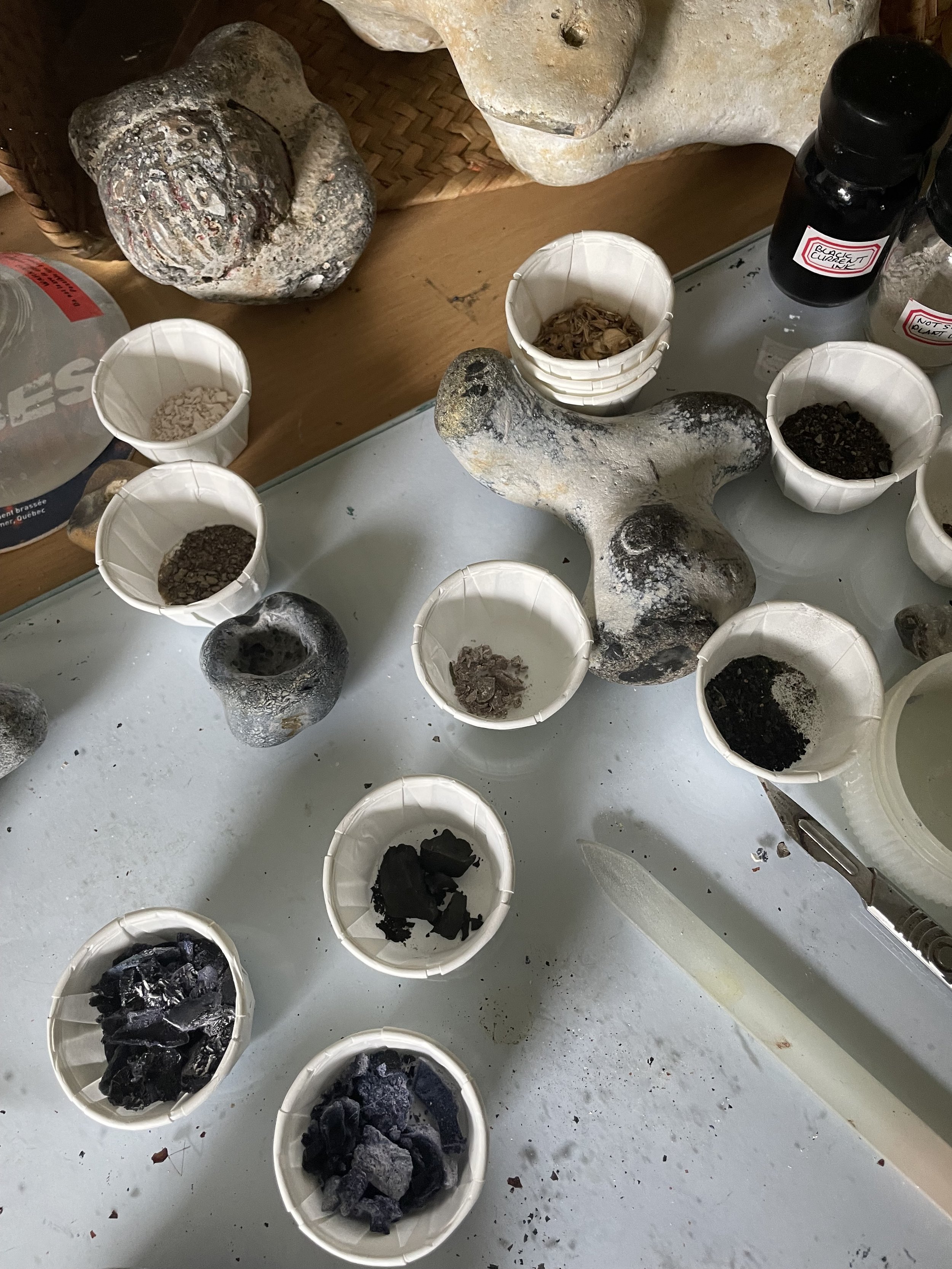
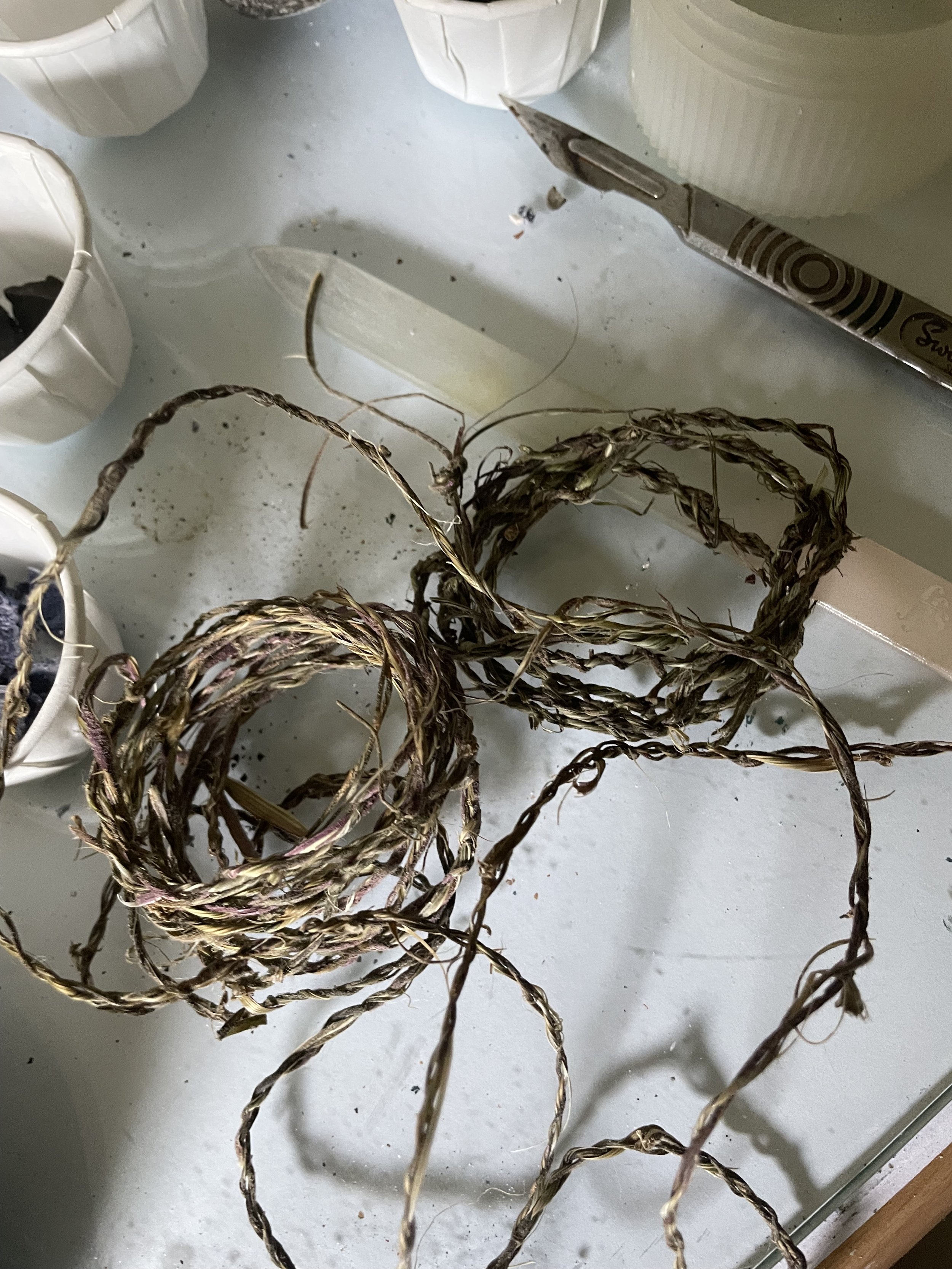
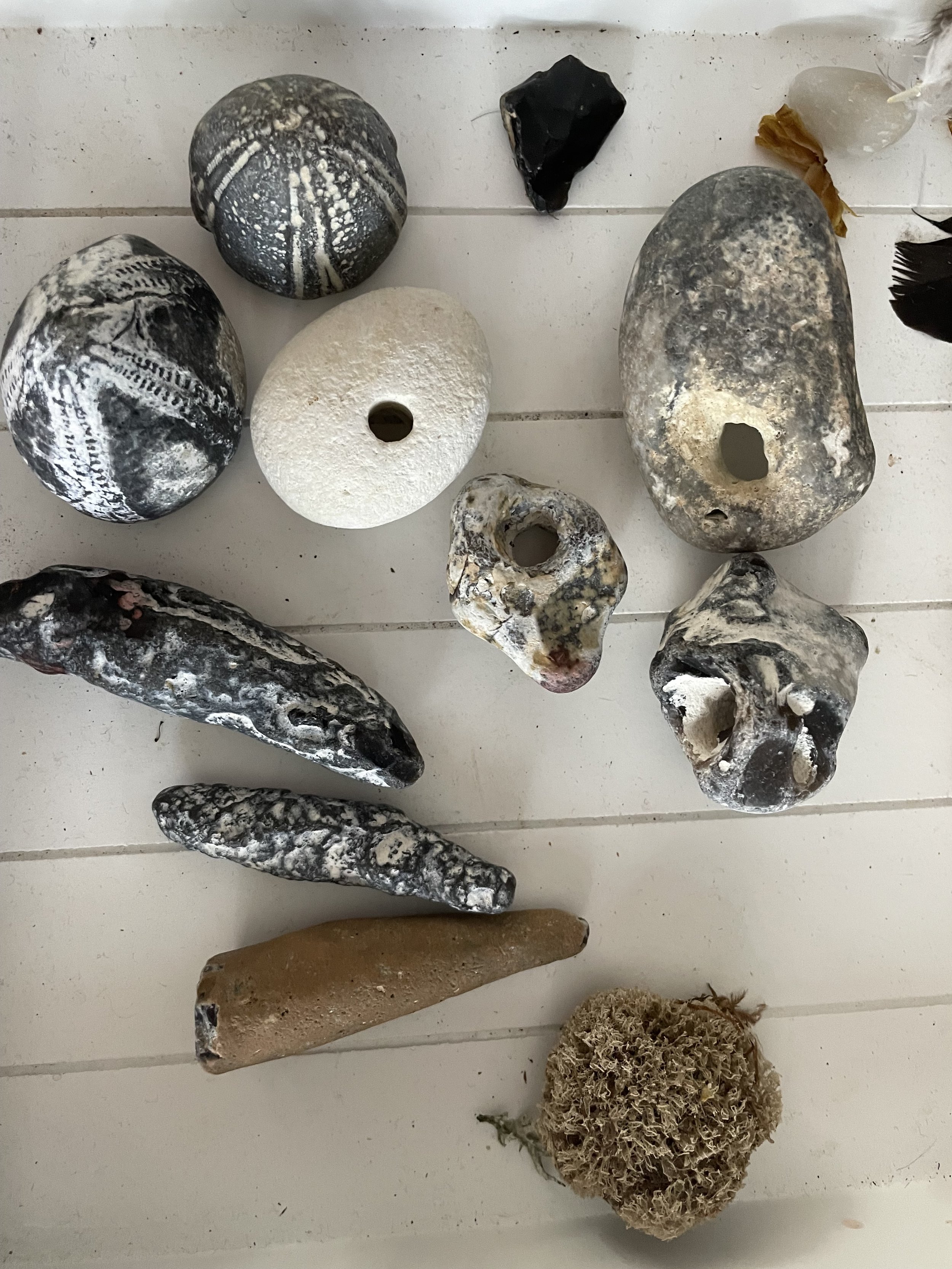
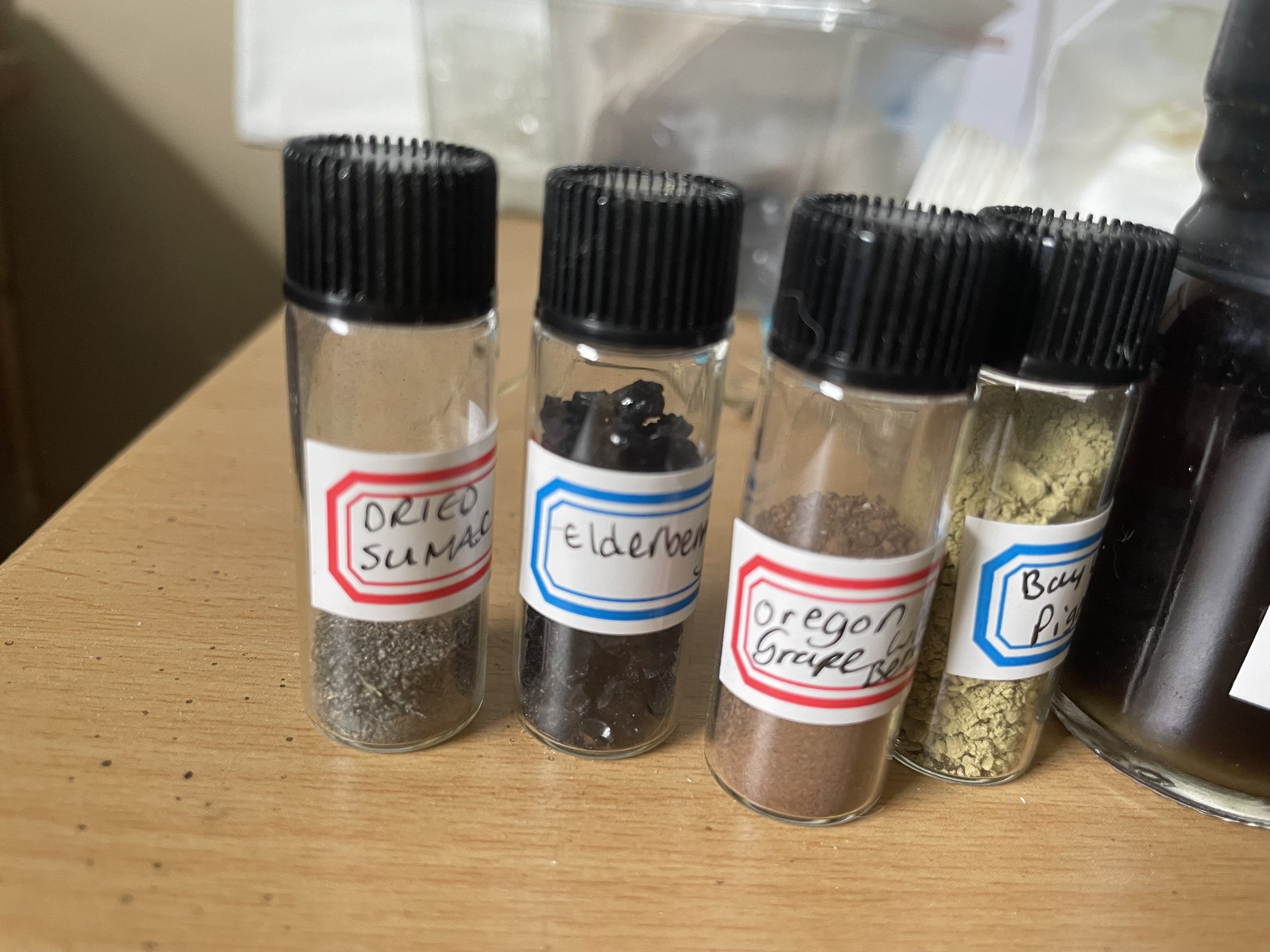
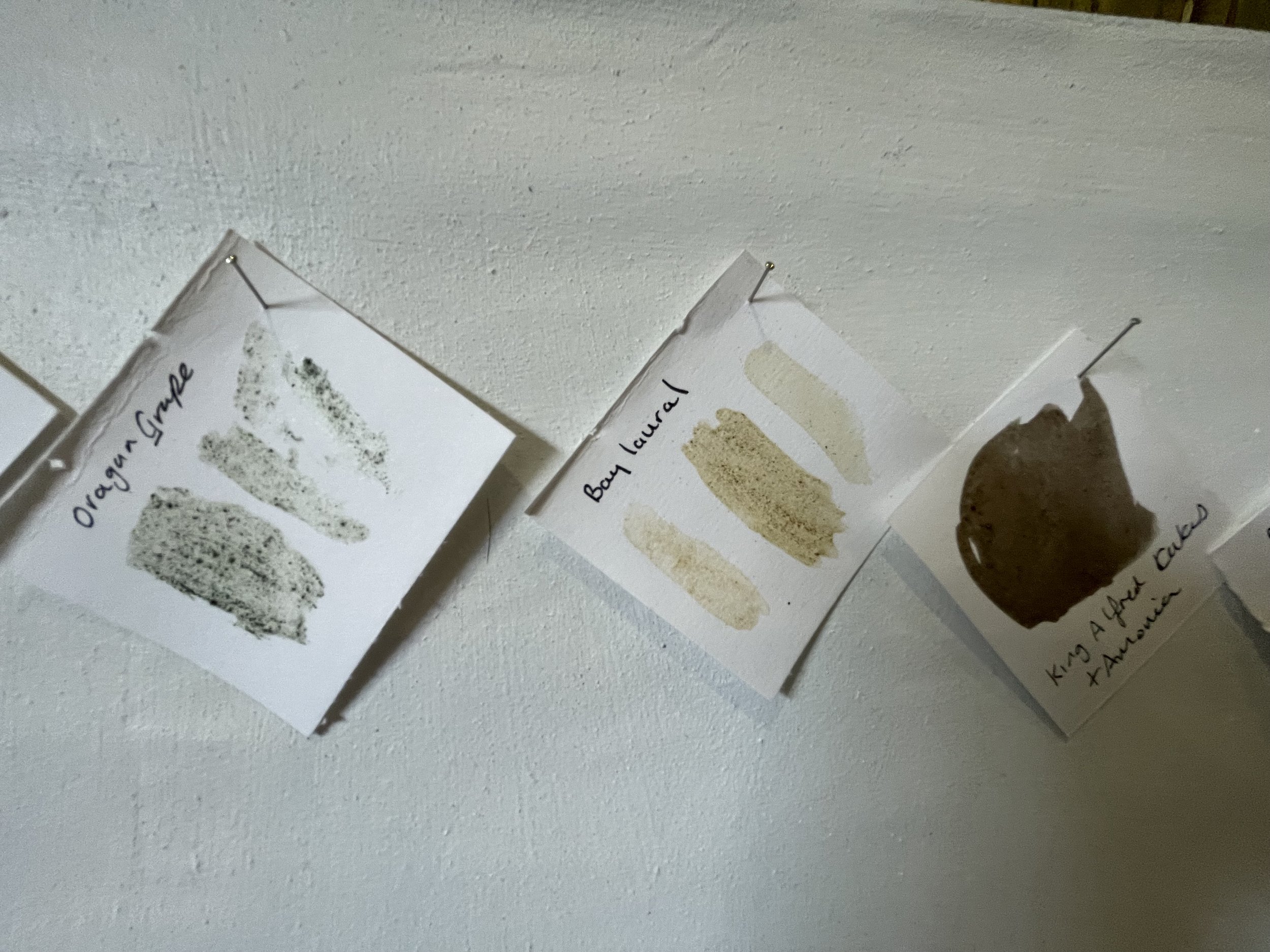
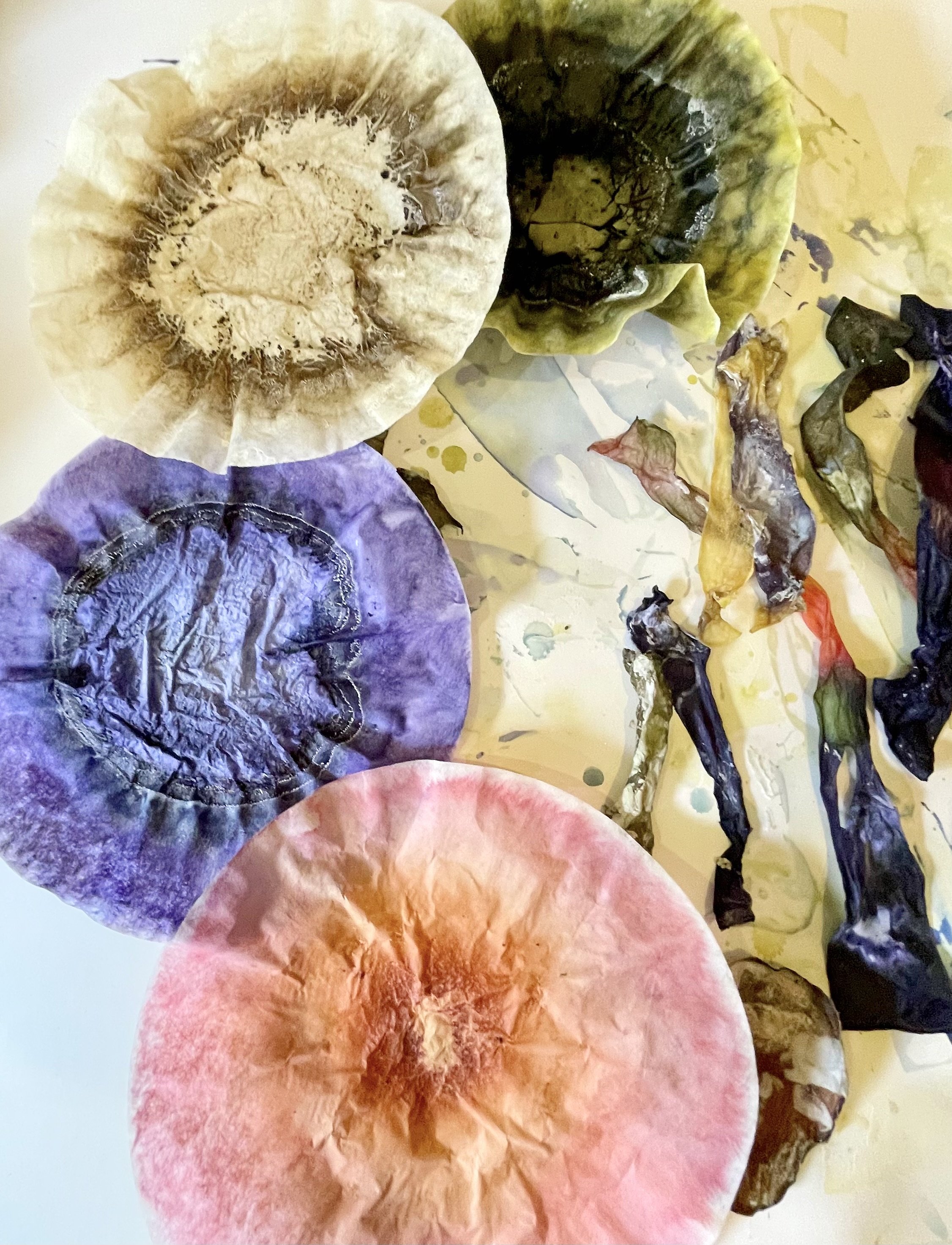
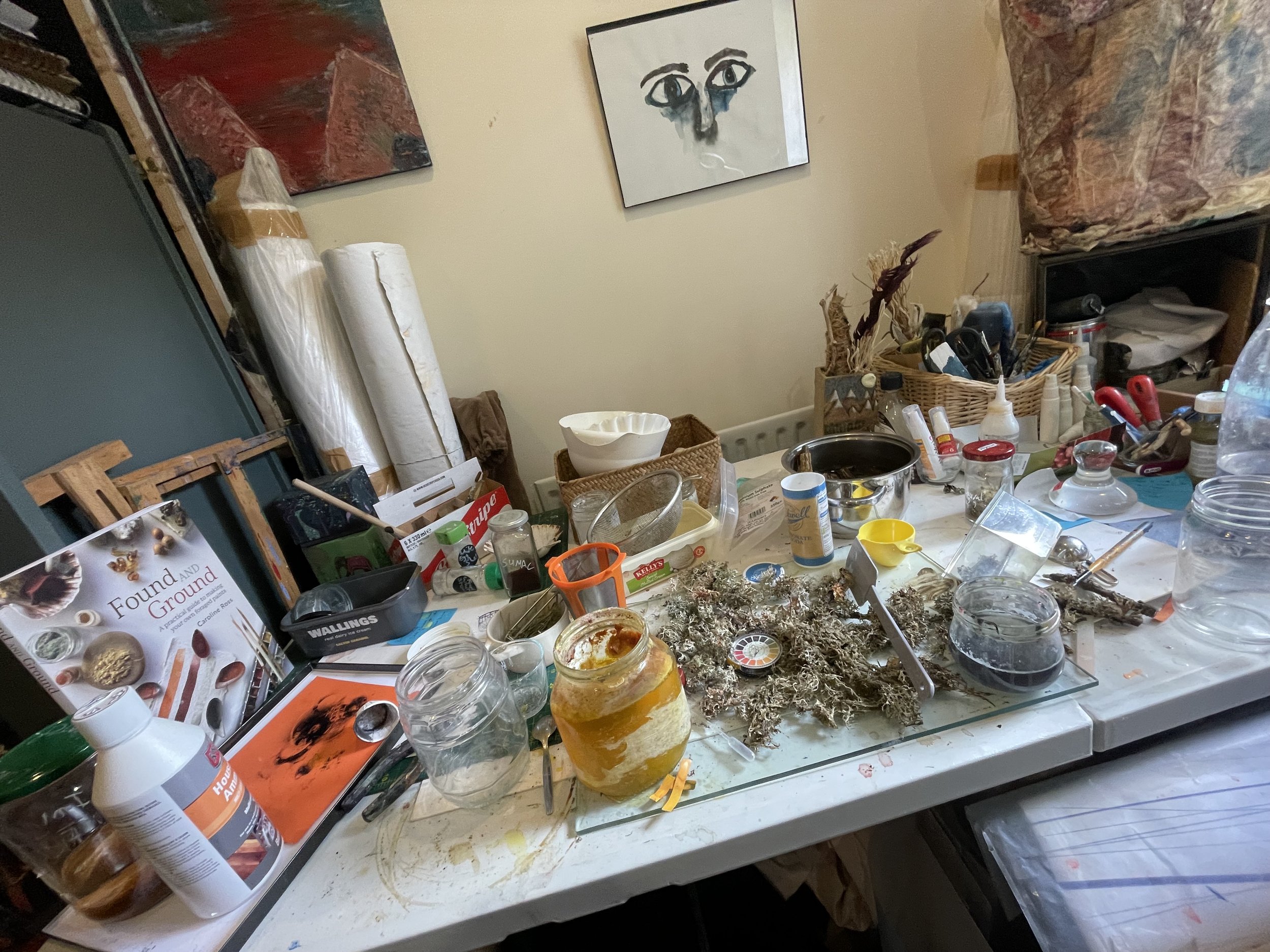
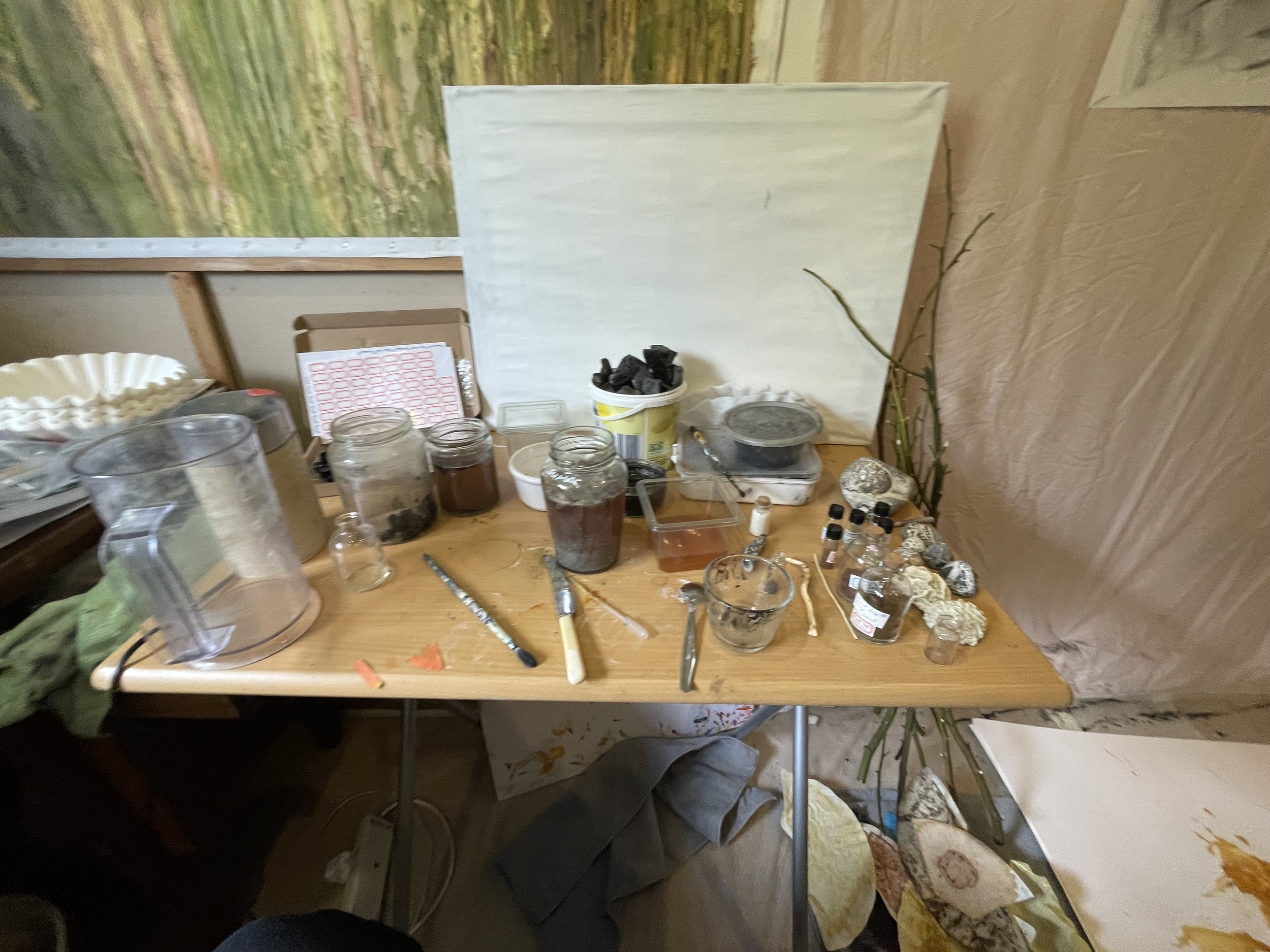




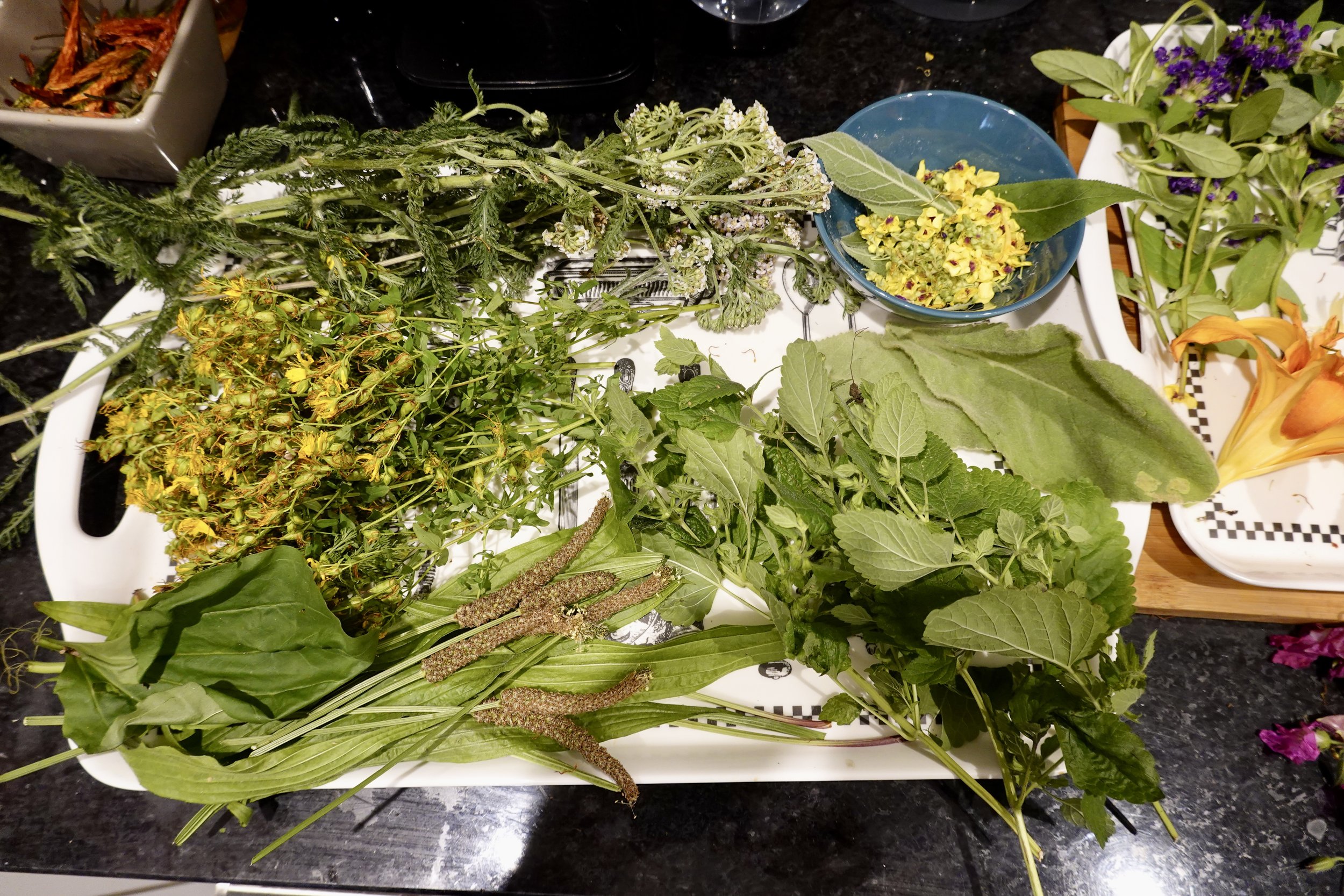

…“As I sit in my bedroom/studio on a wet Sunday afternoon, I ponder all the stuff around me, piles of rocks, plant matter, naturally made inks and powers, jars of stuff, seeds, feathers, wool, living and dead matter, I begin to wonder: why? And where is this going?
As a self-proclaimed "collector," a term I cautiously embrace, I'm often challenged by the whisper of my inner voice (and perhaps by others) labeling me more as a "hoarder." This internal debate brings me to the question: Where does this compulsion to collect come from? My thoughts inevitably turn to my late mother, who was without a doubt, a hoarder. Yet, where does this instinct to accumulate, organize, and save for the future originate? And why do some people seem completely immune to it?
Upon reflecting, I believe I’ve found my answer…” you can read more on this here…
Collecting, Hoarding, or Foraging? Understanding the Complexities of Gathering Ephemeral Materials
As we navigate our personal spaces filled with rocks, feathers, seeds, dried flowers, and jars of natural pigments, it’s easy to question the nature of our habits. Are we collectors, hoarders, or foragers? The lines between these practices are often blurred, yet they each represent distinct relationships with objects—especially ephemeral ones that are transient, fragile, and deeply symbolic. The intent behind the gathering, the way materials are stored and used, and the cultural or personal significance attached to these objects distinguish collecting from hoarding and foraging.
Collecting: Curating Meaning and Memory
Intentional Curation and Purpose: Collecting can be a purposeful activity. It involves the selective gathering of items that hold personal, artistic, or intellectual value. Whether it’s an artist picking up fallen leaves for a sculpture, a naturalist preserving rare seeds, or a person arranging shells on a windowsill, collecting is about creating a narrative or exploring a concept. The act of curation—deciding what to keep and how to display it—imbues these materials with meaning, turning ordinary objects into symbols of memory, time, and place.
Ephemeral Art and the Beauty of Transience: In art, ephemeral materials are often used to explore themes of impermanence, decay, and the passage of time. Artists like Andy Goldsworthy use natural elements like ice, leaves, and stones to create works designed to fade, melt, or decompose, emphasising the beauty of impermanence. This approach transforms collecting into a meditative practice, engaging deeply with the transient nature of the world. Collecting ephemeral materials this way is not just about gathering; it’s a philosophical statement about life’s fleeting moments.
Personal Narratives: Collectors or Foragers often imbue their items with personal significance, each object acting as a chapter in their narrative. For an artist, a jar of wild seeds might represent more than seeds, such as a potential painting, material to use in the future, or a connection to childhood memories. This curated approach contrasts sharply with the indiscriminate accumulation seen in hoarding, highlighting the mindful engagement of the collector.
Hoarding: Compulsion Without Purpose
Compulsive Accumulation: Hoarding represents a stark contrast to collecting. It is often driven by compulsion, anxiety, or emotional attachment, leading to the indiscriminate accumulation of items, including ephemeral materials like leaves, feathers, or rocks. Unlike collectors, hoarders struggle to let go, fearing that discarding items will result in loss or regret. The result is a chaotic environment where objects pile up with no clear purpose or curation, causing distress and dysfunction.
Emotional Attachment and Anxiety: Hoarding is frequently associated with underlying psychological issues such as obsessive-compulsive disorder (OCD), depression, or trauma. In this context, the act of gathering is not about preserving memory or exploring concepts but about managing emotional turmoil. The objects themselves often lose significance, serving only as physical manifestations of deeper, unresolved anxieties. Even ephemeral items can accumulate to the point where they no longer hold any intended meaning, reflecting a breakdown in the purposeful engagement seen in collecting.
The Burden of Accumulation: The emotional weight of hoarding is significant, often turning once-loved items into burdens. In hoarding, the ephemeral nature of materials is ignored; they become just another layer of disorder. The transient beauty of a leaf or feather is lost among piles of other items, none of which are used, appreciated, or even remembered. This disorganised accumulation highlights the key difference between hoarding and collecting: one seeks meaning, while the other is trapped in compulsion.
Foraging: A Connection to Nature and Tradition
Rooted in Survival and Ecological Awareness: Foraging, unlike collecting or hoarding, is deeply rooted in survival, sustainability, and an intimate connection with nature. This ancient practice involves gathering wild plants, herbs, and other natural materials, often with specific knowledge of ecosystems, seasons, and ethical harvesting methods. Foraging is purposeful and sustainable, aimed at using what nature provides without exploitation or waste.
Cultural and Historical Significance: Foraging holds cultural and historical significance, often linked to ancestral knowledge and traditions. Indigenous practices of gathering herbs for medicinal purposes, or traditional communities foraging for food, are examples of how this act connects people to their land and heritage. Unlike hoarding, foraging is deliberate and respectful, emphasizing a reciprocal relationship with nature rather than a compulsive accumulation.
Modern Foraging as Art and Sustainability: In contemporary contexts, foraging has seen a resurgence as a response to consumer culture and environmental concerns. Artists and environmentalists use foraged materials to challenge the throwaway society, creating works that highlight sustainability and ecological awareness. This approach often aligns closely with collecting but is distinguished by its focus on the ethics of gathering and the intent to minimize environmental impact.
The Intersection of Practices: Blurred Boundaries and Personal Motivations
Ephemeral materials sit at the intersection of collecting, hoarding, and foraging, each practice shaped by intent, context, and the individual’s relationship with the gathered items. An artist collecting fallen petals for a project is engaging in both collecting and foraging, blurring the lines between curatorial intent and sustainable practice. However, without care, even this act could slip into hoarding if driven by compulsion rather than purpose.
Intent as the Key Distinction: The key to differentiating these practices lies in intent. Collecting is about storytelling, foraging about survival and sustainability, and hoarding about unresolved emotional needs. Understanding these motivations helps clarify our actions, turning the act of gathering into a conscious, meaningful engagement with the world rather than an overwhelming or aimless pursuit.
Ephemeral Materials as Metaphor: Ultimately, the collection of ephemeral materials—whether seen as collecting, hoarding, or foraging—serves as a metaphor for our relationship with time, nature, and memory. These transient objects remind us of the beauty and impermanence of life, urging us to consider why we gather, what we hope to preserve, and how we choose to engage with the world around us. The answers to these questions define not just our habits, but also our broader human connection to the act of gathering itself.
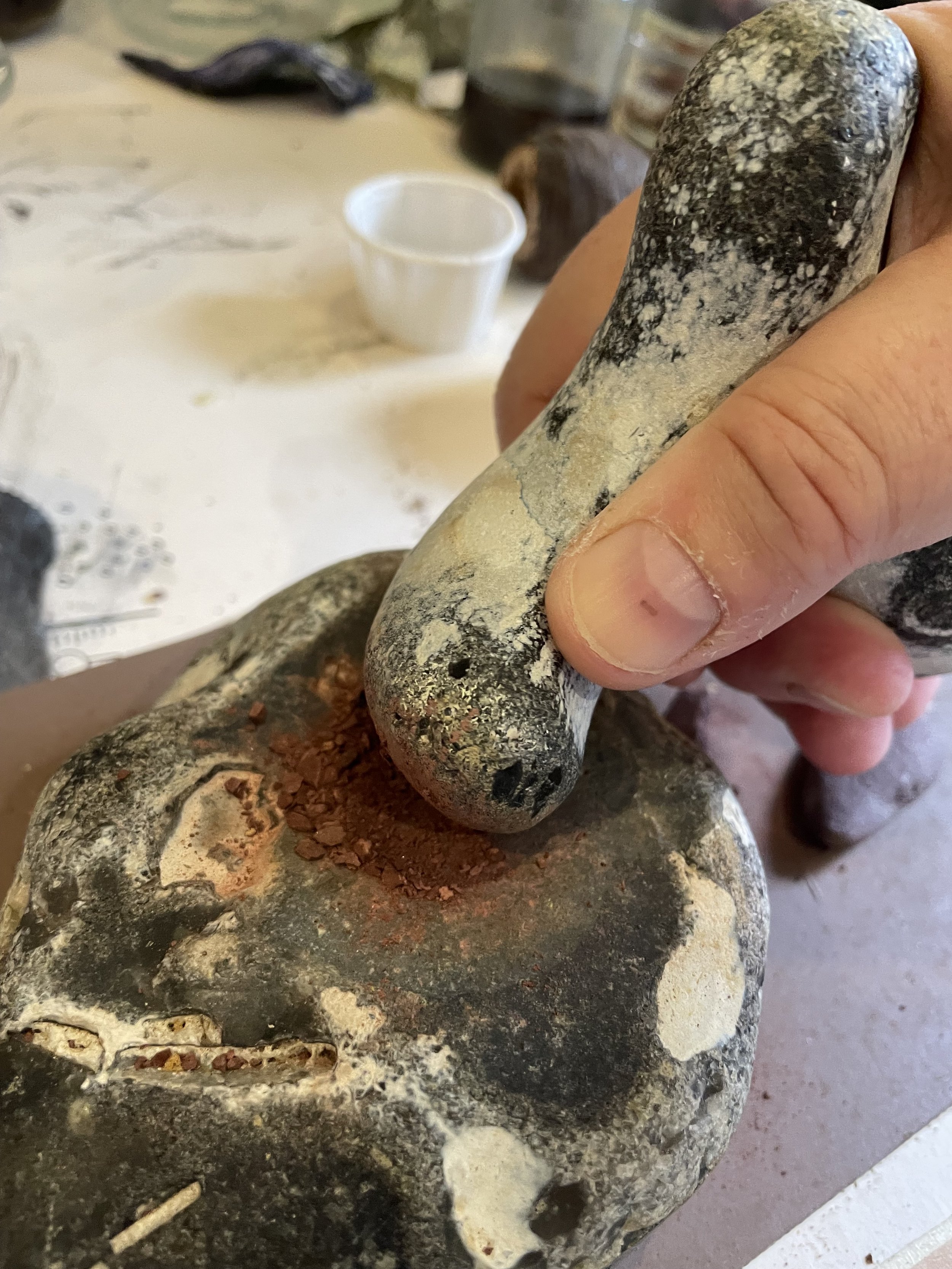

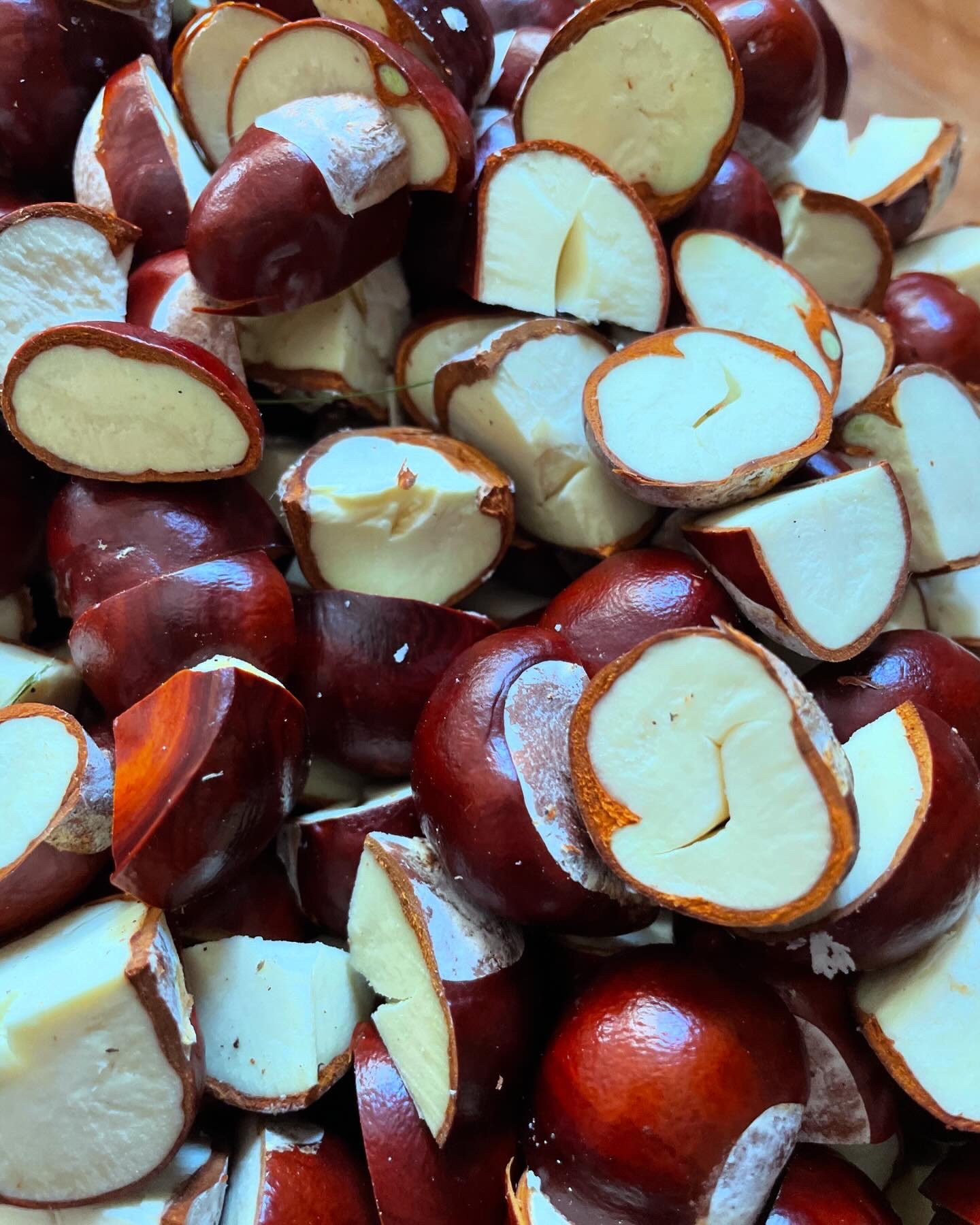

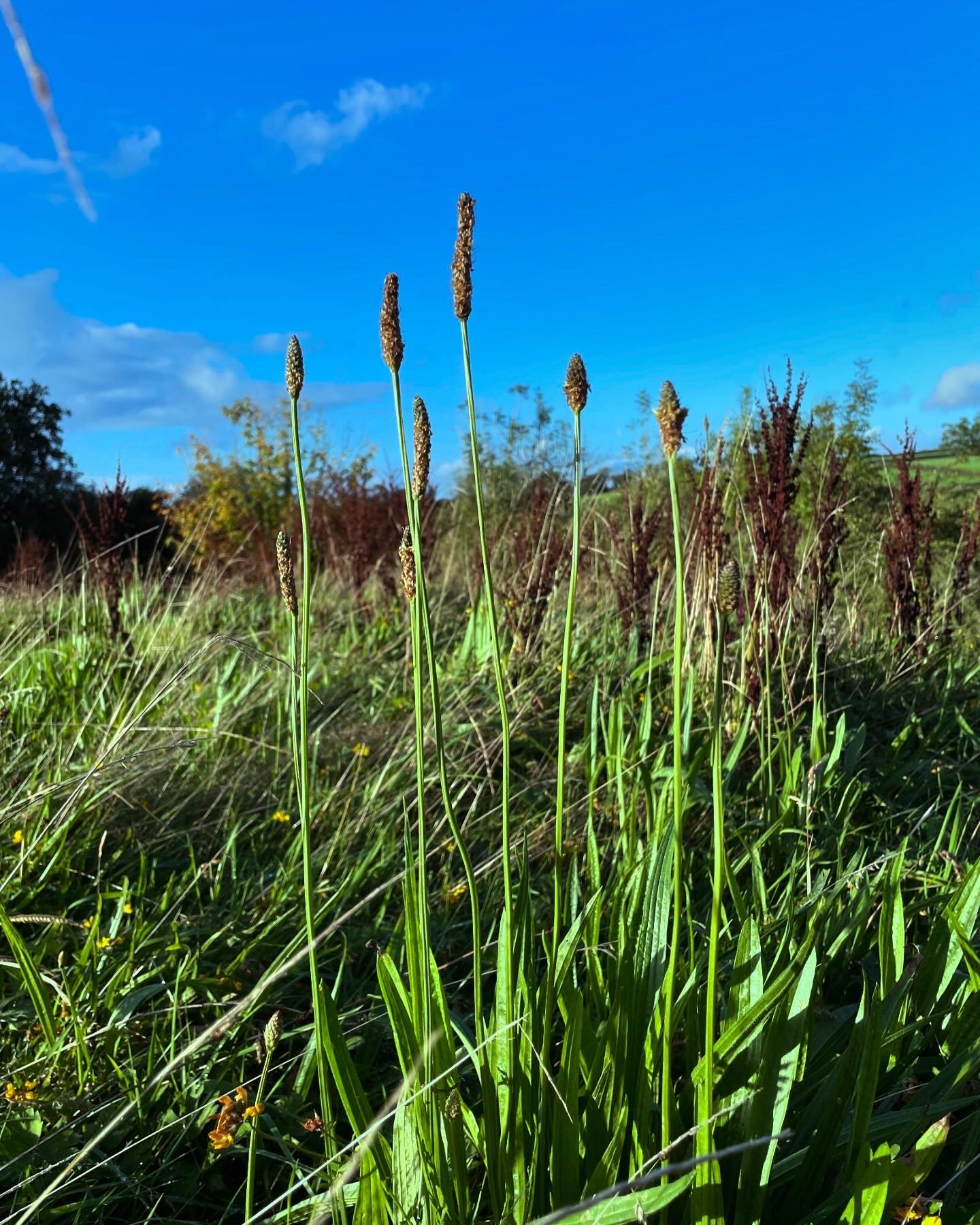
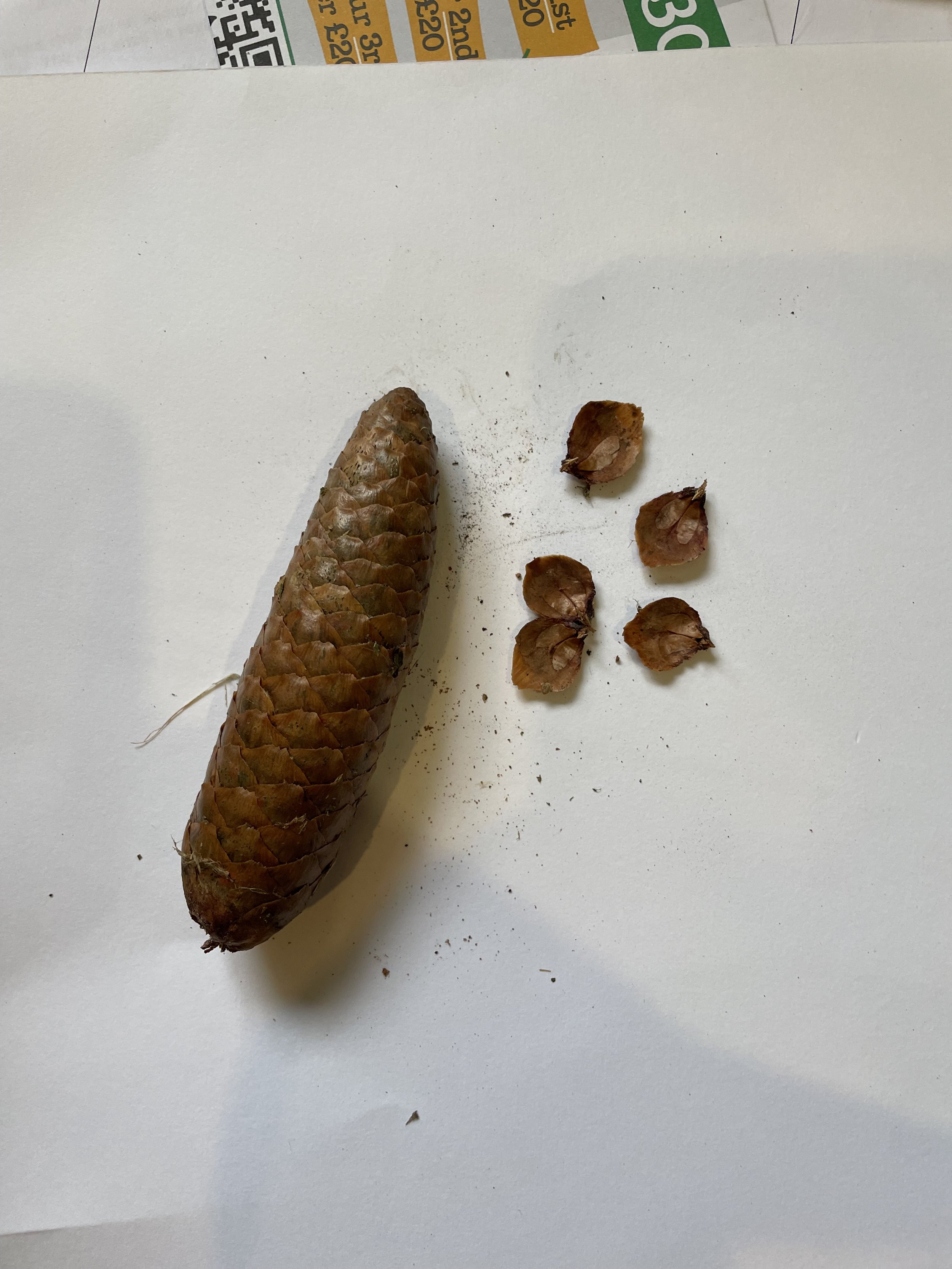
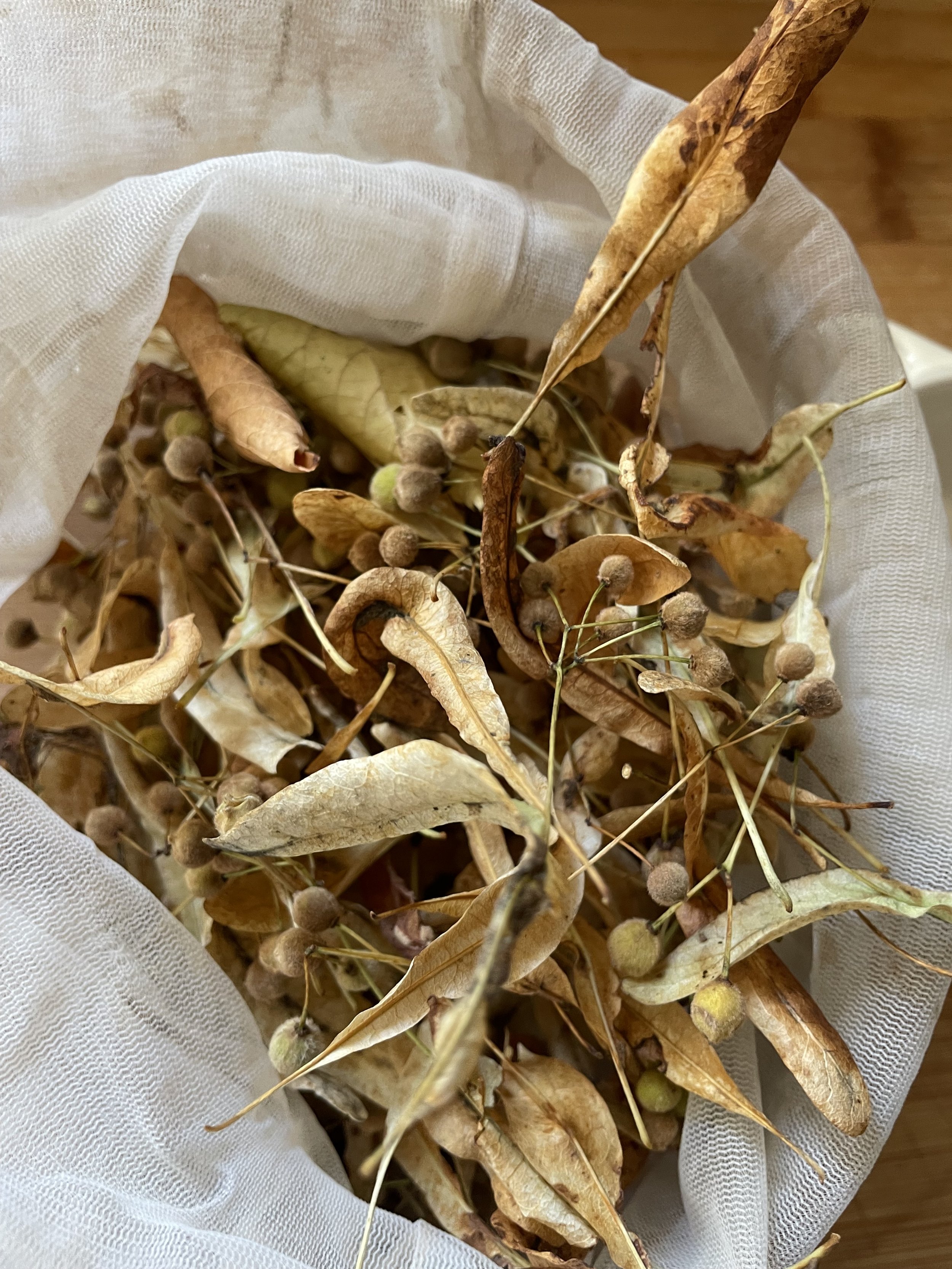
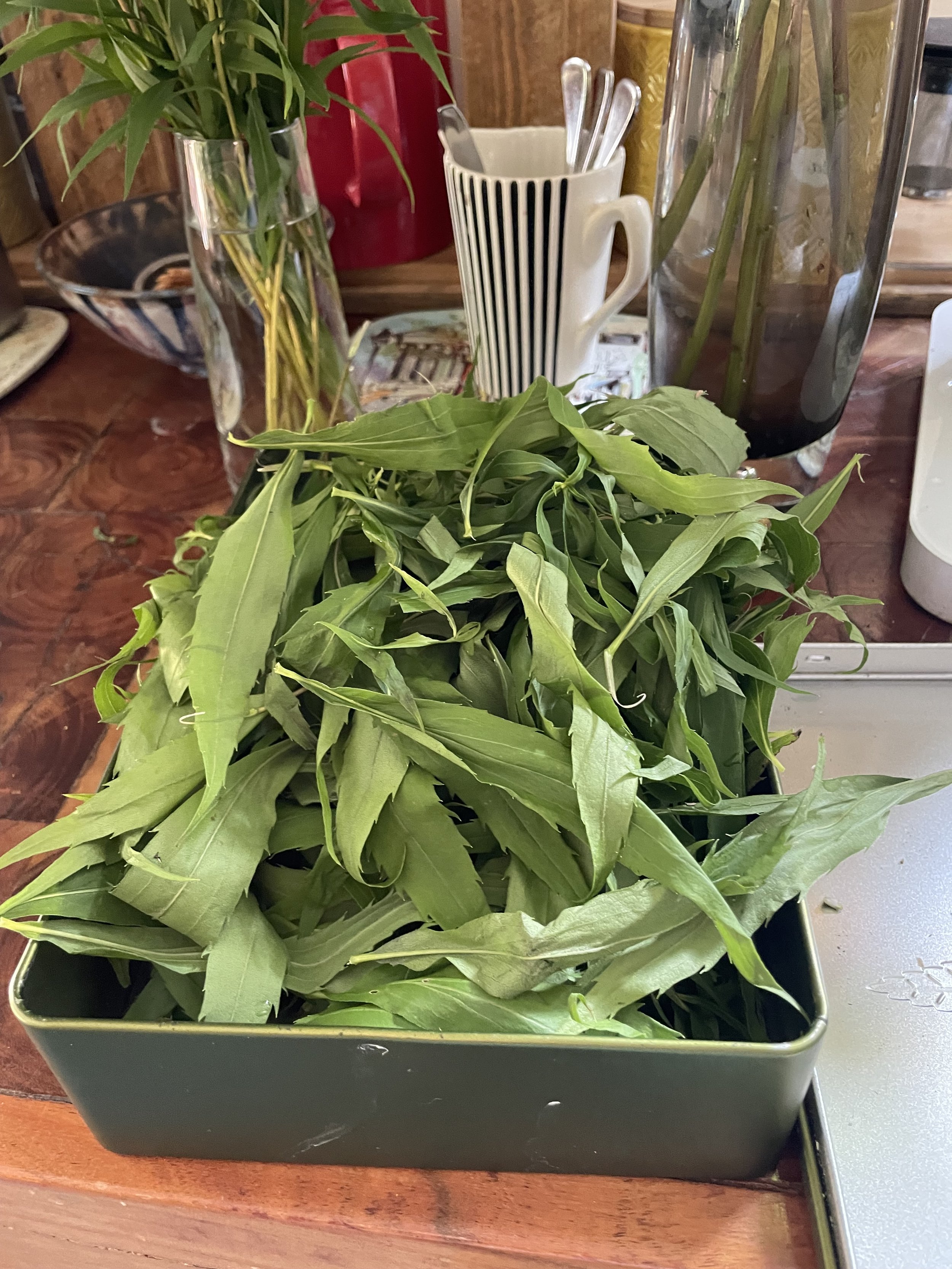
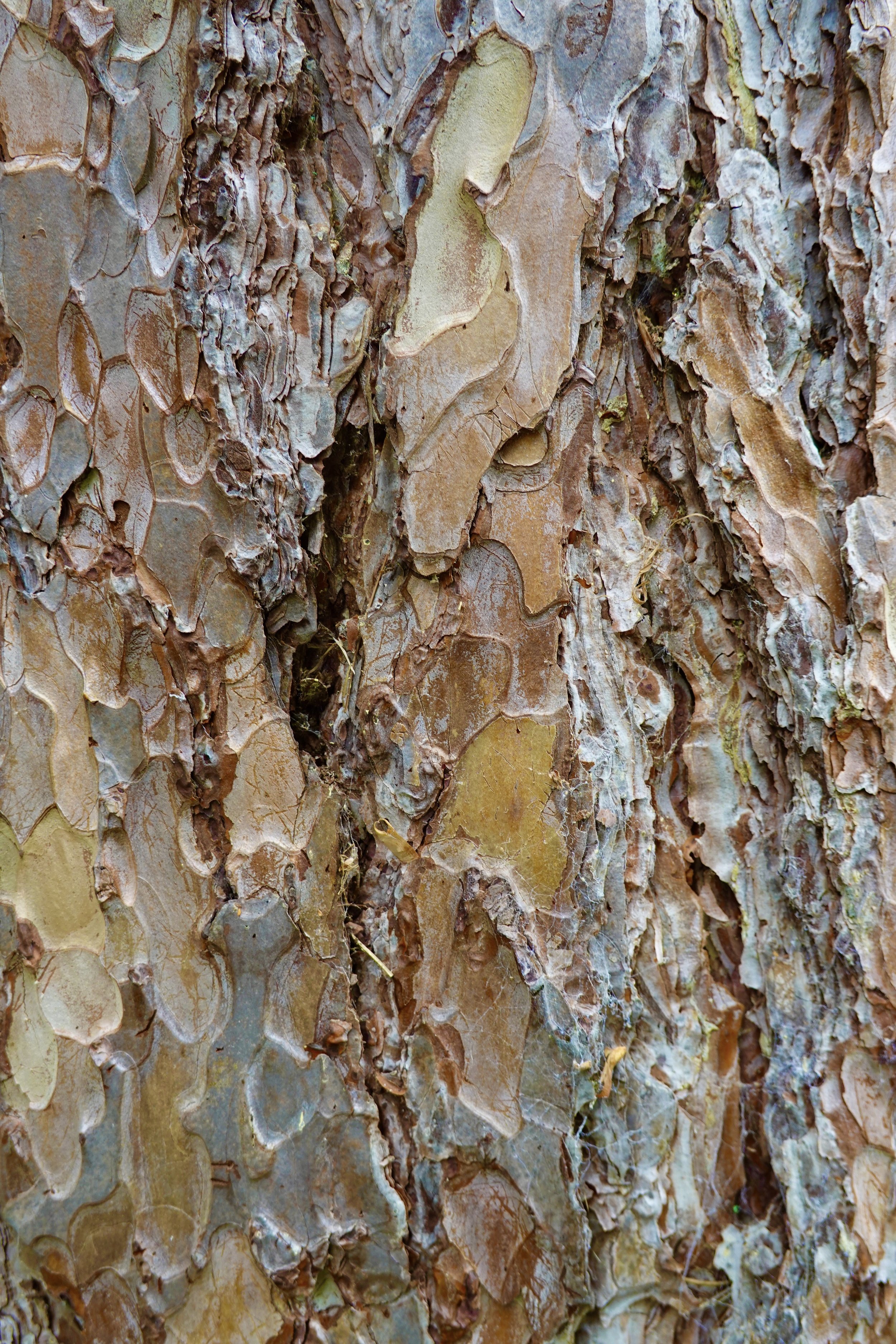
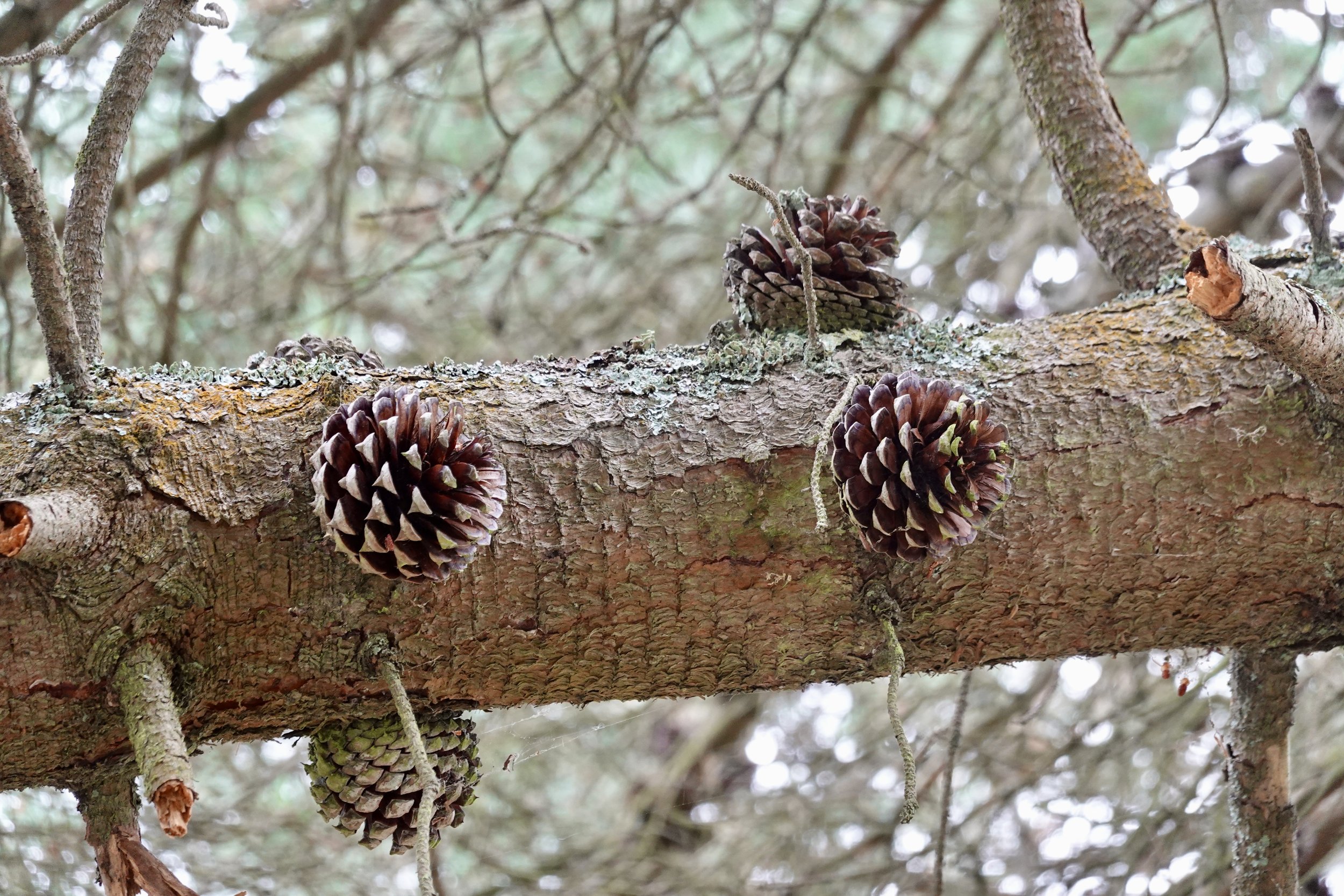
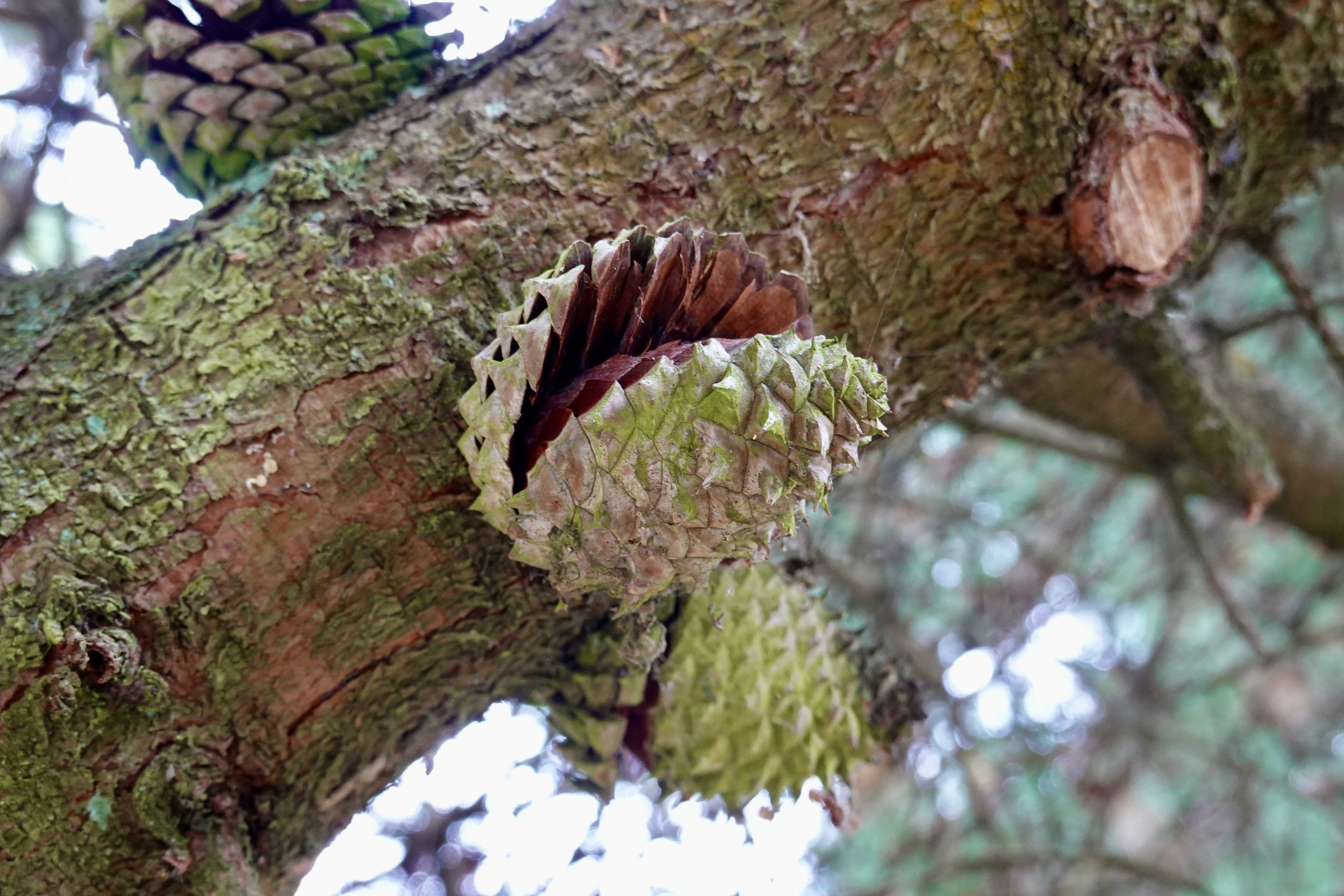
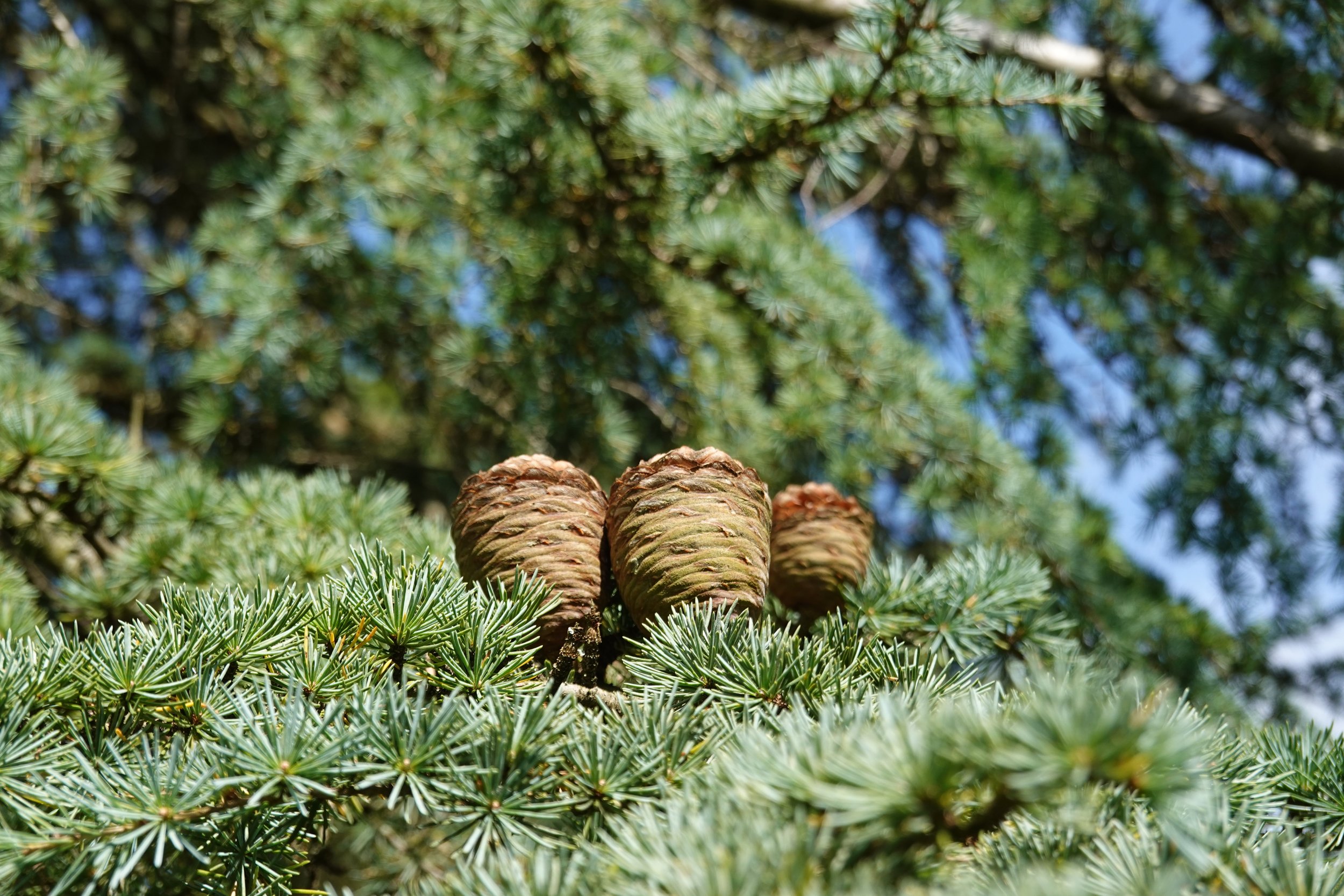
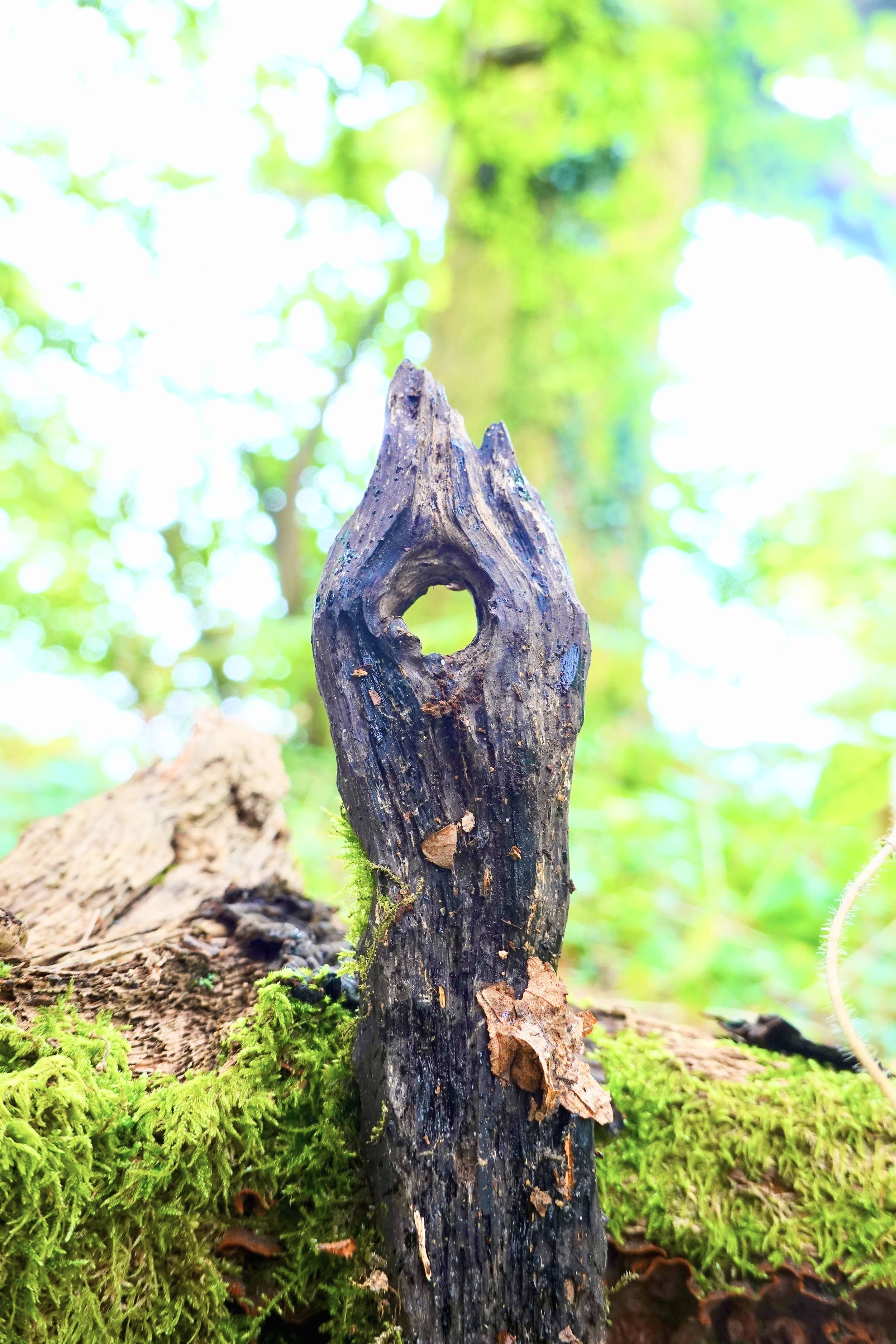
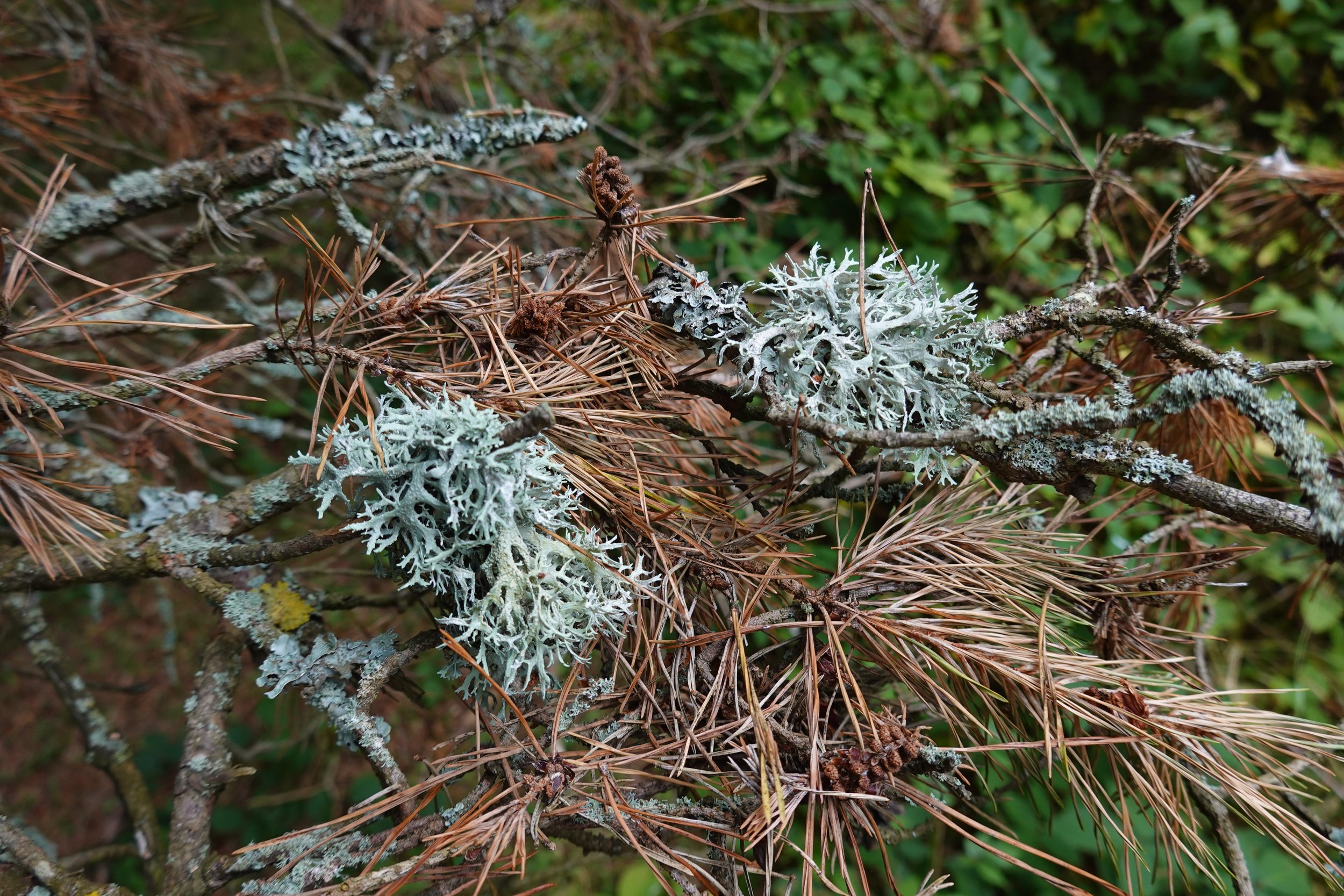
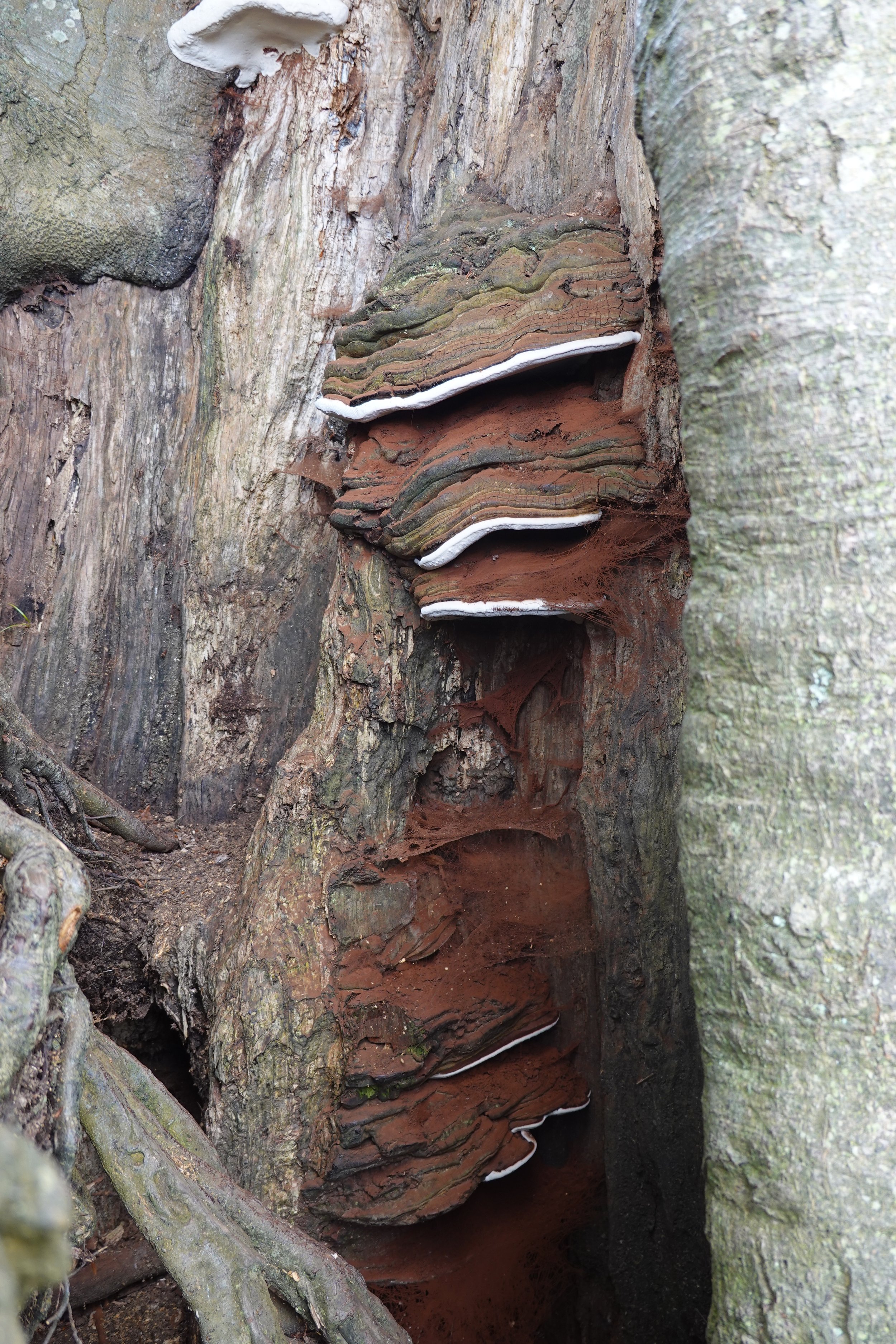


Within my practice, as it evolves, I’ve always found the terms “collector” and “forager” to be used almost interchangeably, and in many ways, I’ve come to think they are essentially the same thing. This perspective comes not just from academic definitions, but from personal observations and reflections on how these roles function in human behaviour and the natural world.
Exploring Collecting and Foraging
At first glance, collecting and foraging seem distinct: collecting feels deliberate, structured, and purposeful, while foraging appears spontaneous, reactive, and driven by immediate need. Collectors might meticulously accumulate objects—coins, books, data, or memories—often guided by a clear plan or desire to create a complete set. Foragers, on the other hand, seem to operate on instinct, responding to what the environment offers at the moment, whether it’s food, materials, or experiences. Yet, despite these apparent differences, I’ve come to see them as two sides of the same act.
Simultaneously collecting and foraging involve the act of gathering. They are driven by the need or desire to acquire something, whether it’s food, knowledge, or experiences. I’ve seen myself oscillate between these roles in various aspects of life. When I’m browsing a library or wandering through a market, sometimes I’m guided by a list, but other times, I’m just reacting to what catches my eye. It’s the same behaviour as gathering depending on the context.
Personal Observations
I realised this overlap when I noticed how often my collecting would shift into foraging and vice versa. For instance, when collecting information for a project, I might start with a clear goal: specific books, articles, or data sets I need. But soon, my approach becomes more exploratory, like a forager, following one source that leads to another, responding to the flow of discovery. I’m no longer just collecting according to a plan; I’m adapting, shifting, and reacting to what’s in front of me, much like I would as a forager in the wild.
Even in nature, these distinctions blur. Consider a squirrel that gathers acorns. At first, it might appear to be foraging, searching for food randomly, but there’s a method to its madness—it stores food for winter, much like a collector amassing a stockpile for future use. The more I think about it, the more I see how collecting and foraging are deeply connected: they both require awareness, adaptability, and a keen sense of value, albeit applied differently.
Why I Think They’re the Same
I believe collecting and foraging are essentially the same and this lies in their core motivations and actions. Both involve identifying, acquiring, and valuing something, whether that something is needed immediately or saved for later. The line between the two is fluid, often defined more by the circumstances than the behaviour itself. Collectors are just foragers with a plan, and foragers are collectors making do with what they find. The goals might shift, but the fundamental act of gathering remains unchanged.
In essence, collecting and foraging are human and animal behaviours that reflect our need to interact with and shape our environment. Whether driven by necessity, curiosity, or passion, adapting our methods to fit our needs. For me, they are just variations on a theme—a performance, between planning and reacting, between searching with intent and discovering by chance. And in that performance, I see more similarities than differences, making them, in my view, the same.